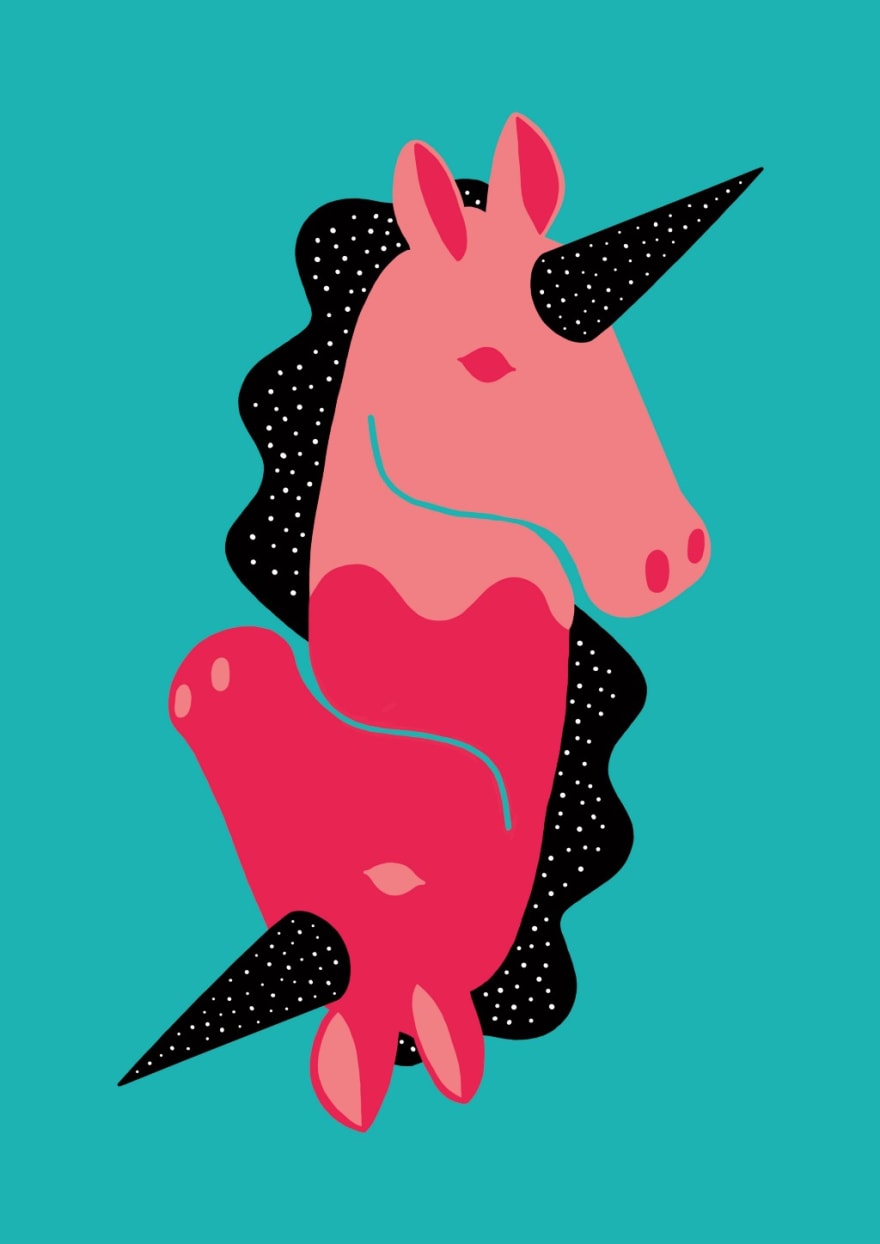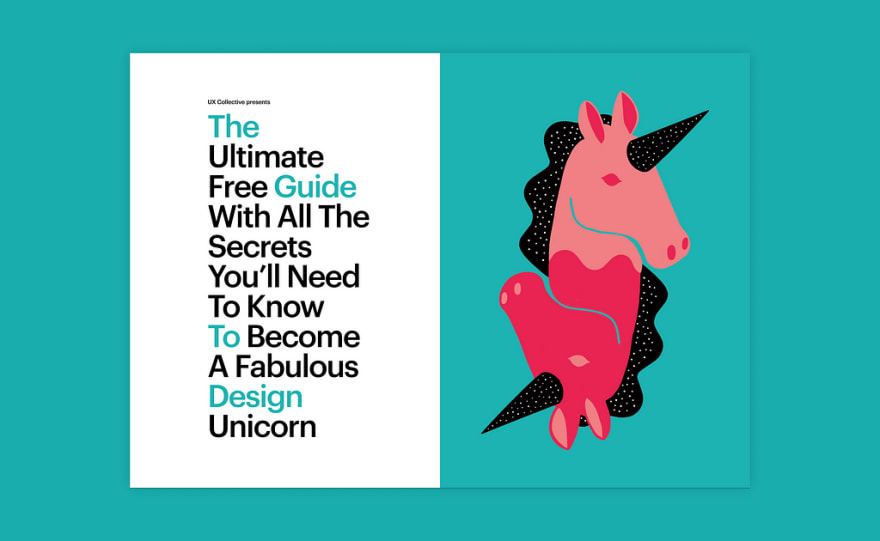
The progress we have seen in the last decade in terms of making our discipline more accessible to up and coming designers is undeniable. Really great. Still, quite slow. Digital product design remains an elitist discipline: hard to break in, overshadowed by unnecessary jargon, lacking organizations that genuinely represent all of its professionals’ best interests, and not as diverse as we all have dreamed it to become. At the end of the day, if design is not actively working to dismantle established exclusionary systems, it is merely perpetuating them. And that goes to how much we include or exclude people from our industry.
In the age of social distancing, local events/meetups — one of the most powerful tools we have at our disposal to welcome and onboard new designers — start to disappear or turn into Zoom panels with limited interaction and little space for valuable side conversations. On the other hand, larger design conferences are still trying to figure out a way to bring new voices to the conversation, stop the celebritization of the design speaker, and offer tickets at a lower price point than Coachella’s. And when you don’t lower the barrier to entering the design industry, only a particular type of designer with a really specific background is able to get in.
When you don’t lower the barrier to entering the design industry, only a really specific type of designer with a really specific type of background is able to get in.
With courses and bootcamps there is a similar challenge. It’s not that there aren’t great classes out there — but those classes can be cost-prohibitive for a lot of people. Especially people who are still considering design as a potential career, in which case signing up for one of those courses can be a risky move.
You have probably seen one of those “get a job in UX” bootcamps around. They range from US$1,200 to US$12,000, and they promise a lot. While those bootcamps do provide some additional mentorship sessions to students, a lot of their curriculum is really introductory and easy to find in articles and talks available online, with no cost.
While we’re sure there’s a specific audience who can significantly benefit from that model, we can’t help but question how valuable that investment is for someone who is still considering design as a profession.

We often receive messages from our readers asking for tips on how to take their first steps into the world of digital product design. What should they be studying? What should they be reading? And they’re not alone. Experienced designers who are mentoring younger folks sometimes find it hard to compile resources that (1) won’t get old in a 6-month timeframe (2) are not clickbaity content backed by for-profit companies and (3) give people some guidance and invite reflection. There is plenty of content out there, but how can we make it more actionable to those who are getting started?
We noticed a pattern, though. When we reply to those messages giving people advice, there are usually a handful of articles, links, and pieces that we keep going back to. Articles that resist the test of time, that continue to be relevant several years after being published. Documentaries that will help designers look at our industry through a more critical lens. Books that are foundational to anyone who wants to become a designer.
So… we decided to put together a guide
For those reasons, Caio Braga and I decided to create a more structured guide for entry-level designers; a resource to address the needs of who’s starting now; selfishly, a single destination to refer to whenever we receive emails from designers looking for guidance.
We want this guide to serve as a reminder that when it comes to design, there’s no such thing as ultimate guides, magic formulas, or UX unicorns. There’s a lot of discipline and hard work, that’s what there is. We’re not interested in teaching people “How To Create Personas In 5 Simple Steps” or “Dos and Don’ts of Dark Mode UI”; we are more excited about helping new designers have a birds-eye view of digital design as a practice, and to reflect on their role as designers within their companies, communities, and society at large. We want them to start on the right foot.
Look, there won’t be a design job waiting for the reader at the end of the guide, and it is not a replacement for traditional education. The Guide To Design (for short) will give people a glimpse into what digital design work is really like, so they can decide if a career in UX might be right for them.
On shoulders of giants
Our guide doesn’t have a lot of new, original content. Instead, we’re building on top of decades of existing literature from exceptionally talented designers who, at some point in their careers, decided to take the time to share knowledge online. Open. For free.
As writers ourselves, it can be tempting to want to re-write ideas and frame them into our own words. It’s too easy these days to start writing a new article, and to ignore everything that has been written, said, and published about that topic before. Instead, we decided to build our guide based on the work of other people who have been writing about design for years. We’re truly standing on the shoulder of giants.
If you know a bit of how the UX Collective began, you know we’re big believers of online knowledge sharing. That’s how we learned a big part of what we know about user experience: by reading blogs, case studies, articles. We believe everyone should have the opportunity to learn about our craft and our industry. Knowledge sharing can democratize design — ultimately making our industry more inclusive and vibrant. Lowering the barriers, so that new designers can raise the bar.
This is our first iteration of the guide; if you have thoughts, suggestions, links, and ideas: hello@uxdesign.cc






Top comments (0)